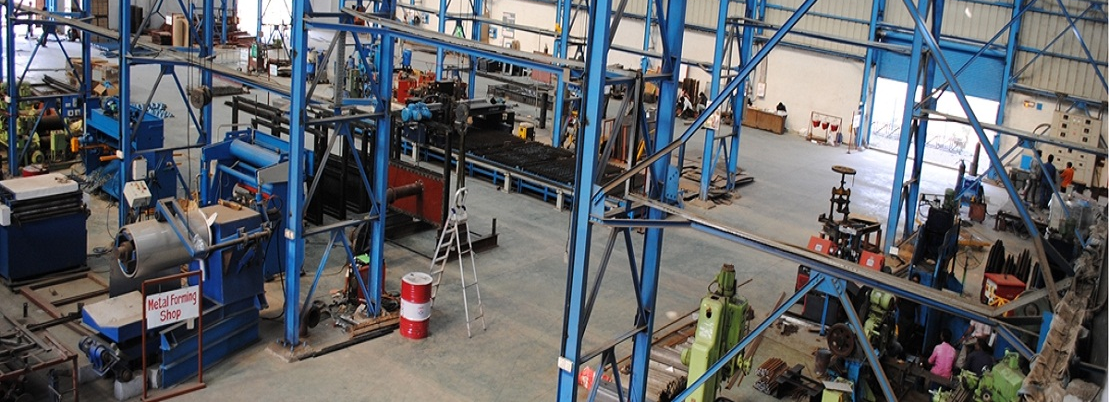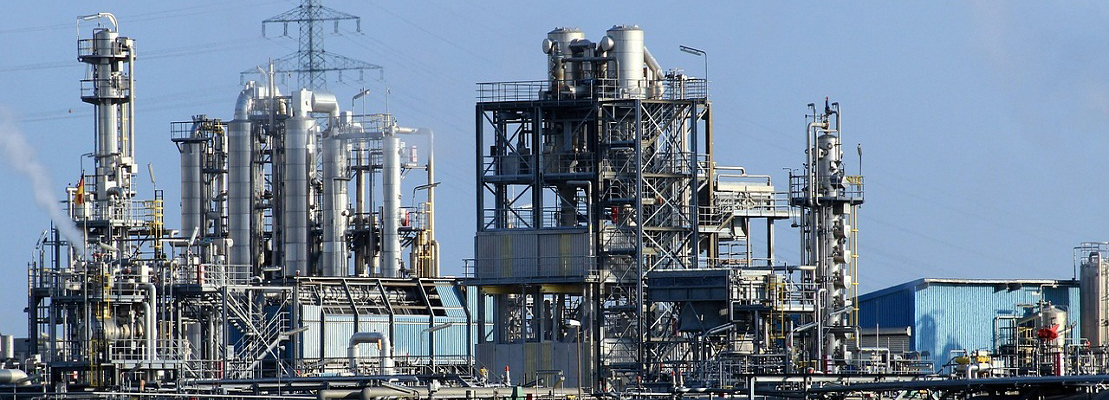What is CAVT ?
Ans:- It is cold air velocity test
Where it is done ?
Ans:- IT is done in second pass of the boiler in cold condition / boiler shut down.
What are the benefits of this activity ?
Ans:-
What are the conditions to carry out CAVT ?
Ans :--
What are the requirement from client for CAVT ?
Ans :--
What is the procedure for CAVT ?
Ans :-- Procedure is attached herewith
Can output be guaranteed of CAVT ?
Ans :-- Yes, Benefits are there , subject to carrying out activity in every shut down.
What is justification of the budget of CAVT ?
Ans.:-- Reduction in boiler tube leakage and loss of generation due to tube leakage . cost will justify budget.
Can it be done in any Boiler ?
Ans :-- Yes , but on considerable size of boiler.
What do the tables in report indicates?
Ans :- There are three tables in the repot for each location
What is MCR velocity ?
Ans :- This is the maximum continues rating of the boiler
What is normalized velocity ?
Ans :- It is a direct deviation with reference to average velocity.
What is the type of instruments used ?
Ans :-- Instrument used for this testing is "HOT WIRE ANAMOMETER "
How much time is required for this test ?
Ans :-- Four to five hours depending upon size of boiler.
How much time is required for implementations of recommendations ( EMS Screens erection)?
Ans :-- Five to six days after shifting the material at site , also it depends on size of boiler.
How many persons are required for the test ?
Ans :--Two to three teams , one team consist of two persons.
What are the appliances used during testing ?
Ans :-- Mask , plane goggle, head lamp , hand gloves , writing pads, required formats like CAVT location drawing, reading formats , control room data formats , pen ETC
How does tube erosion occur in running boiler ?
Ans :- Tube erosion will be due to fly ash abrasive nature and velocity at that location
Where tube leakage are expected more?
Ans :-- It is in second pass of the boiler due to boiler tube resistance , and the temperature, abrasive nature is more effective at lower temperature.
How MCR is calculated?
Ans :- It is a numerical calculation , gas flow generated by quality & quantity of coal burns passing through opening area in second pass ( area without tube minus area with tube) - This gas velocity multiply by local normalized velocity , gives the MCR velocity of that location.
What should be the frequency of this test ?
Ans :-- It should be carried out in every overhaul of the unit to know changes in flow and effect of any maintenance during the span of one year.

